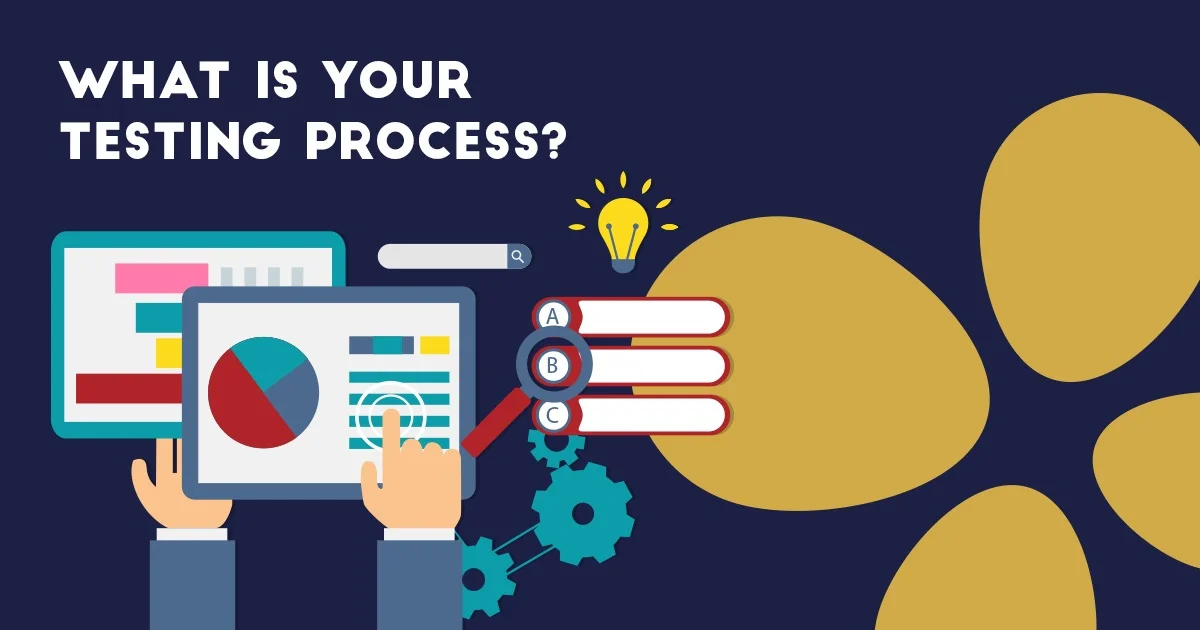What is your Quality Testing Process?

Kunal Bandekar
Monday Jun 11

There is no definite answer to the question “What is your quality testing process?” but you can tweak the one available and create the most feasible one for you and your team.
My answer to this question is in the 4 steps given below.
Step 1. Understanding the Business
The first step before starting the quality testing process is to gain a little understanding of the business.
If possible getting involved in FRS (Functional Requirement Specification) creation process will be helpful.
The process is the time taken by the tester to ask all their queries and make the FRS so clear that even if a developer or tester who doesn’t have any understanding about the product, they should be able to understand all the requirements and the business idea in one shot.
Getting to know about the product and having a good brainstorming session on it will aid testers to get involved in the entire project through and through leaving no room for doubts. The knowledge gained about the project along with their creative skills can be used to come up with various test scenarios.
“Software testers do not make software; they only make them better.”
Step 2. Prepare a Test Plan
After understanding the business the next step is to prepare a test plan. There is no perfect format for a test plan. A format which can be understood by the whole team is often chosen. This test plan acts as a guidebook to the quality testing process.
Step 3. Understand the Time Constraints
After creating the test plan, you will have to understand the time constraints and the fact that we really don’t need detailed test cases every time. Your focus should be on writing good and effective test cases, investing only the minimum time and effort required.
Step 4. Decide the Testing Method
Now once you build the plan one can go ahead with testing the primary flows manually i.e a sanity test, because there is no use of starting with the test cases directly if the primary flow is not working. If the build passes the sanity, we can go ahead with the test cases manually or by using automation.
Which road to take? Manual or Automation?
Both manual and automated testing has its own pros and cons, it’s worth knowing the difference and when to use one or the other for best results.
The cases in manual testing are executed manually, however in automated testing, it is executed with the assistance of tools, scripts, and software. We should know when to use which type of testing.
Manual Testing
- If the project requires testers knowledge, experience, analytical/logical skills, creativity and intuition then we must definitely go with the manual testing.
- You need to measure how user-friendly, efficient, or convenient the software or product is for the end users.
- The understanding and insight of the tester is the only important factor than Manual testing is the best approach.
Automated Testing
- If there are frequent code changes to run the regression in a timely manner then one should opt for the automation us the choice.
- Testing which requires the repeated execution of a task is best automated.
- Automated testing is also the best way to complete the testing efficiently when it comes to load-testing and performance testing.
Keeping these things in mind, you can find the best process in any given testing situation and achieve quality output within the given timeline.
Never forget that…
“Software testing proves the existing of bugs, not their absence.”– Edsger W.
For the latest details on our upcoming Bootcamps, join our Telegram Channel.
